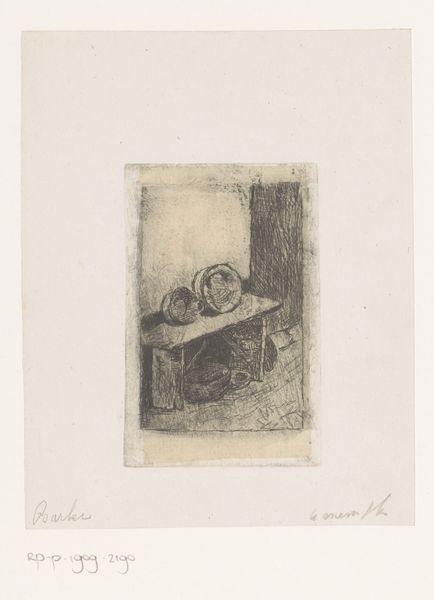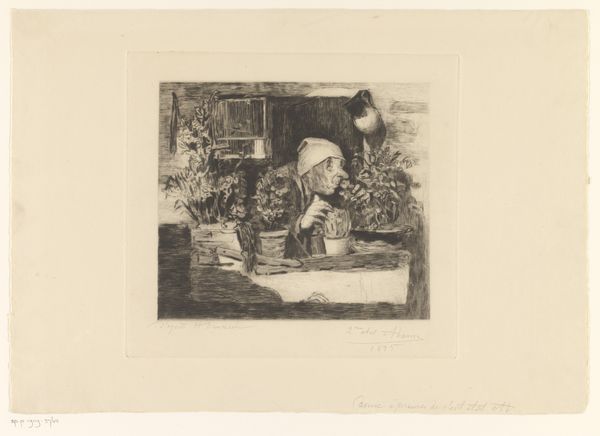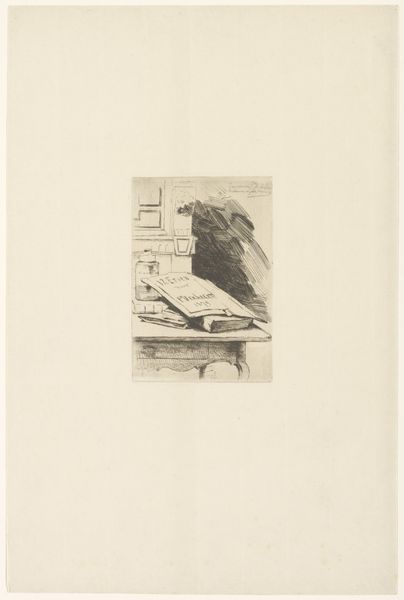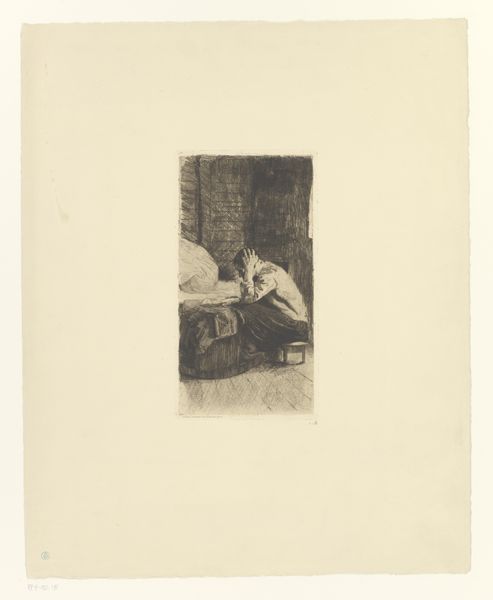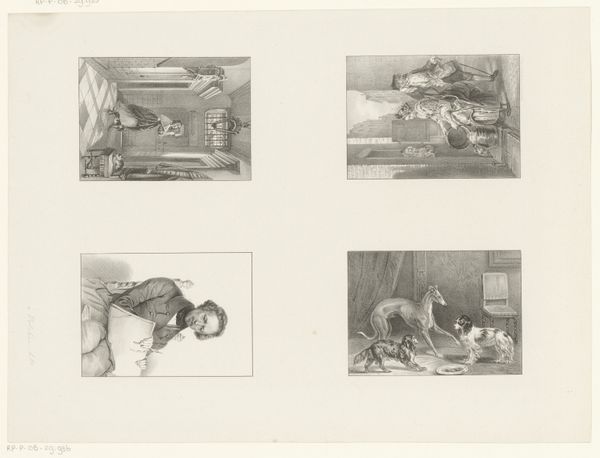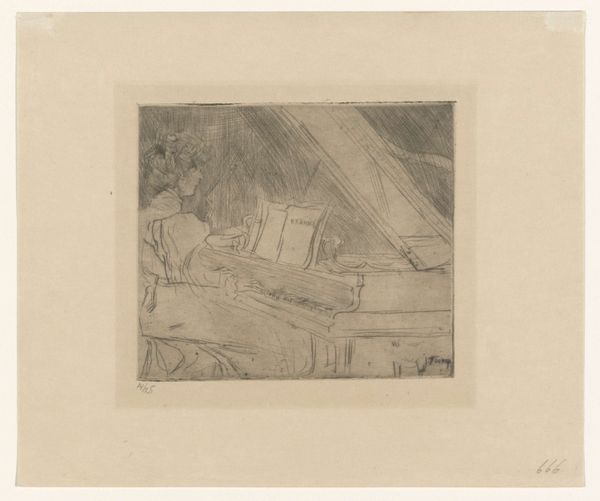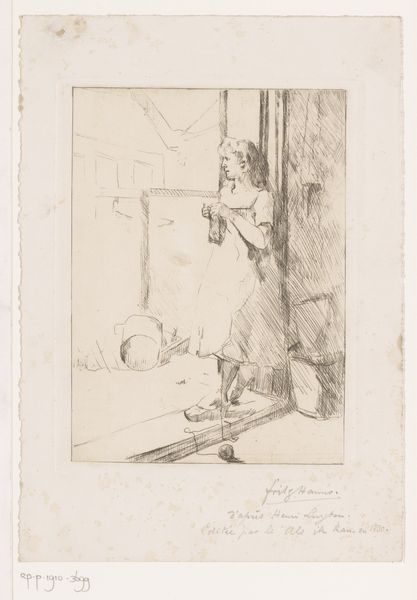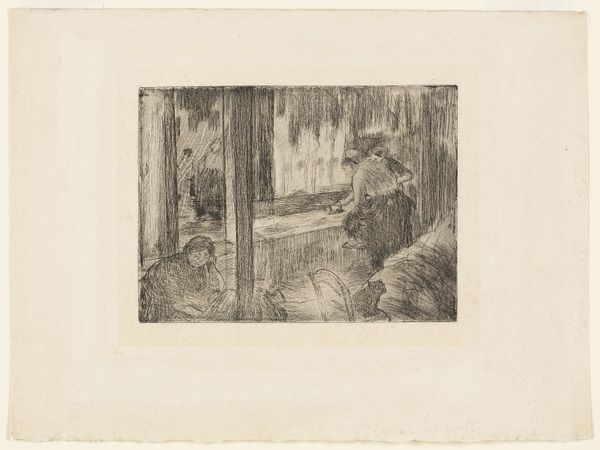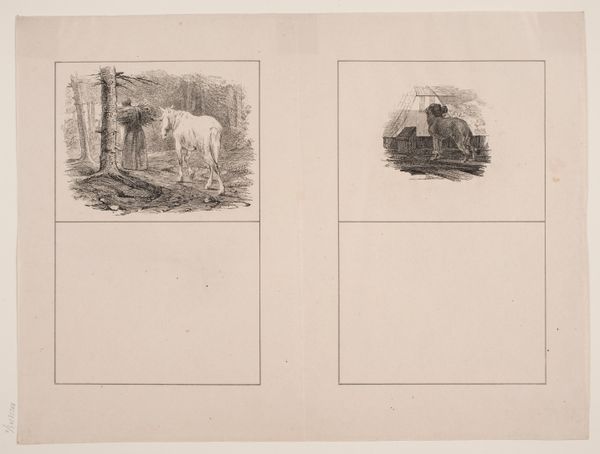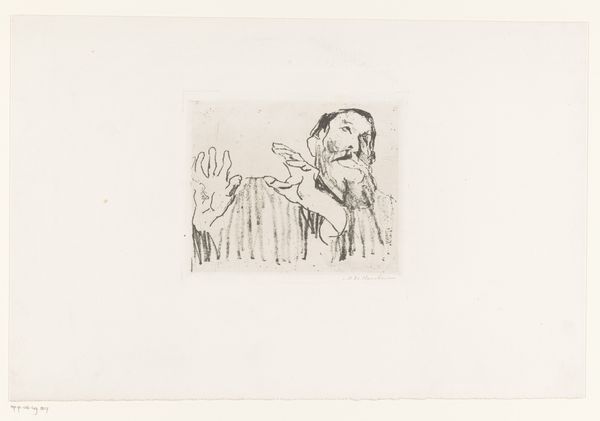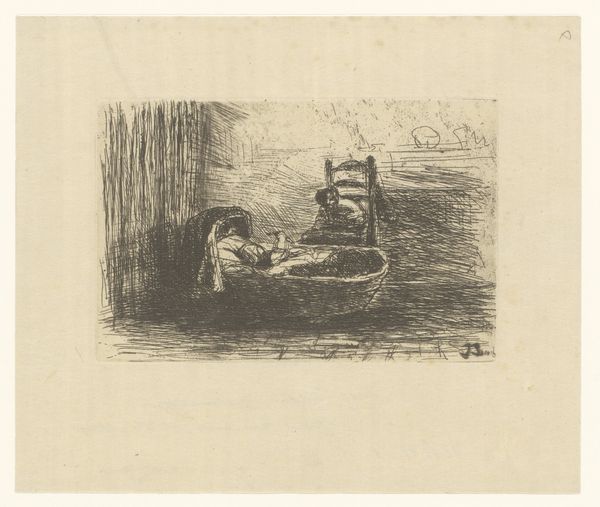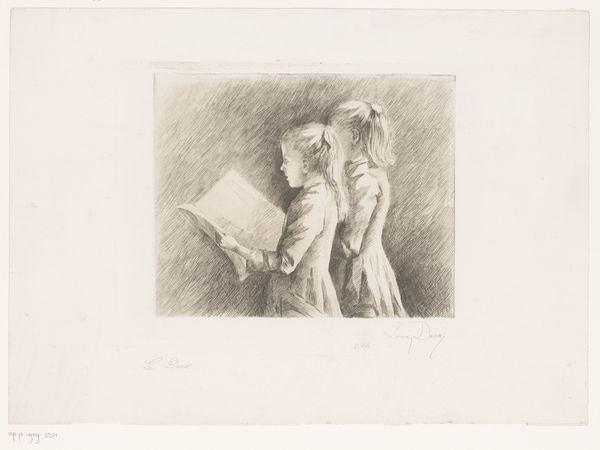
drawing, lithograph, print, paper, ink
#
pencil drawn
#
drawing
#
light pencil work
#
lithograph
# print
#
pencil sketch
#
old engraving style
#
hand drawn type
#
paper
#
personal sketchbook
#
ink
#
ink drawing experimentation
#
france
#
ink colored
#
sketchbook drawing
#
pencil work
Dimensions: 119 × 160 mm (image); 277 × 352 mm (sheet)
Copyright: Public Domain
Editor: Here we have Edgar Degas's lithograph from 1879, "At the Cirque Fernando." It's a black and white print on paper. I’m immediately struck by how sketchy it looks, almost unfinished. What can you tell me about it? Curator: Well, it's not just what we see, but what's *behind* what we see, isn’t it? Consider Degas's milieu: 1870s Paris. The Cirque Fernando, a symbol of modern entertainment. This wasn’t merely a drawing; it was a calculated comment on spectacle and society. How do you perceive its relationship to Impressionism, or against it? Editor: That’s a great question, and something I had not considered before. In my studies of other Impressionist works, many aimed to capture fleeting moments. Wouldn’t a circus be a great subject? However, they tended to feature bright, colourful outdoor scenes, so what’s with the darkness and confinement in this drawing? Curator: Exactly. Degas presents us with a deliberately constructed view, more concerned with the behind-the-scenes reality than the on-stage glitter. Notice how he’s not just documenting the act, but suggesting something more profound about the relationship between the performer and her audience, the public and the private. This interest reflects concerns over class and the commodification of entertainment. It challenges the conventional roles and relationships between artist and subject. Editor: I see, so Degas is making us think about what's not shown, not just what is. I originally viewed it as unfinished and I never really gave thought to Degas and what was beyond the literal. It seems I am missing a level of visual, or in this case social, literacy! Curator: Precisely. Art serves as a lens to broader cultural dynamics and social institutions. Every stroke bears social context. Keep digging and every art will lead to understanding more about who we are. Editor: Absolutely fascinating! Thanks for illuminating those connections for me.
Comments
No comments
Be the first to comment and join the conversation on the ultimate creative platform.
